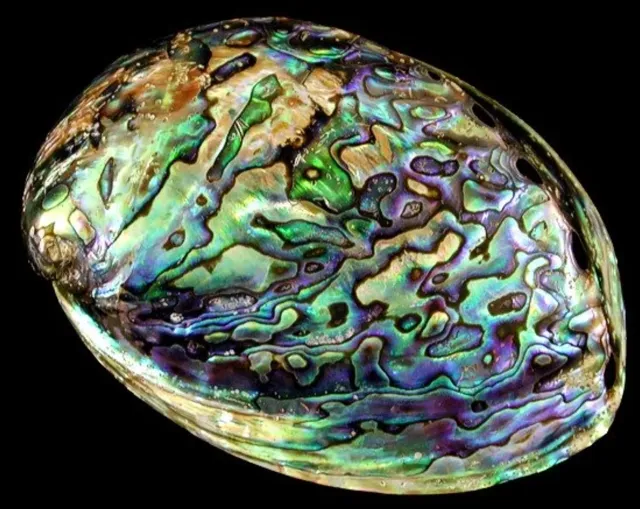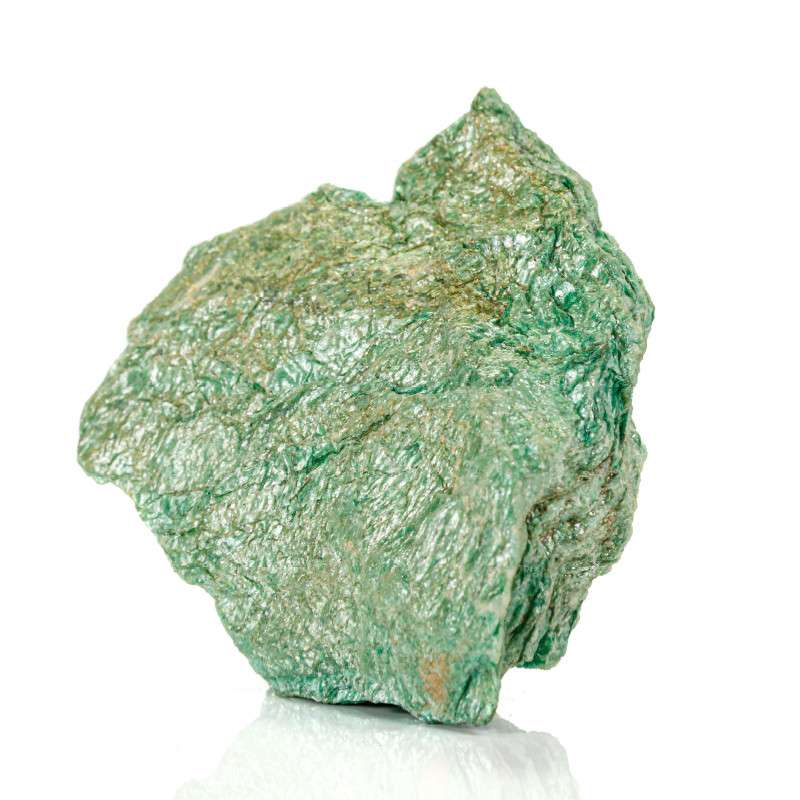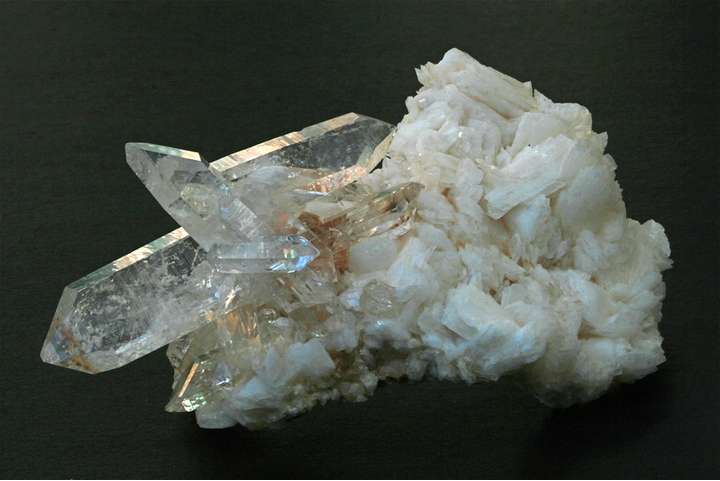
Appearance
The stunning diverse spectrum of hues that eudialyte exhibits includes tones of red, pink, brown, green, and yellow. Because of its complex crystal structure, these colors frequently occur in beautiful and complicated patterns. The mineral can have a vitreous to oily luster and is usually translucent to opaque. It is also prized for having several rare elements in it and a distinct crystal structure.
Geographical Distribution
Eudialyte is a relatively rare mineral that is only found in a few distinct geological environments worldwide. A few noteworthy places are Greenland, Canada, Norway, and Russia.
History
The rare cyclosilicate mineral eudialyte was originally found in Greenland’s Julianehaab area in 1819. There are at least nine distinct elements in this ruby-red to violet, black, white, and brown coated mineral, including rare earth elements.
Metaphysical Properties
Some people believe eudialyte has metaphysical qualities, and it’s employed in a lot of spiritual activities.
Energy work and healing: Eudialyte is said to support heart chakra activation, emotional equilibrium, and self-love.
Harmonizing and balancing energy: Some people use eudialyte to harmonize and balance energy in the surroundings and within their bodies.

Chemical Composition
An rare silicate mineral, eudialyte is a member of the eudialyte group. Typically, its chemical formula is written as (Na4(Ca, Ce)2Fe3ZrSi6O17(OH, Cl)2•H2O), which denotes that sodium, calcium, cerium, iron, zirconium, silicon, oxygen, hydrogen, and chlorine make up its makeup. The precise makeup may differ since eudialyte may contain different trace elements in addition to other rare earth elements including lanthanum, neodymium, and yttrium.
Types
Eudialyte (General Variety):
When referring to the mineral in its most prevalent form, the word “eudialyte” is frequently used. This type can exhibit a wide spectrum of hues, such as pink, red, brown, green, and yellow. It can be transparent to opaque, and it can have different inclusions and patterns.
Rubicline:
Occasionally, eudialyte specimens with a deep crimson or ruby-red color are referred to as rubicline specimens. Because of their rich, deep red colors, these are some of the most desired and expensive eudialyte types.
Yttro-eudialyte:
Yttrium (Y) is one of the rare earth elements found in a notable quantity in yttro-eudialyte, a type of eudialyte. Its makeup sets it apart from ordinary eudialyte. Though it comes in a variety of colors, it is most recognised for being linked to minerals that are high in yttrium.
Zirconia Eudialyte:
Significant levels of zirconium (Zr) may be included in the composition of eudialyte. Sometimes these types are called zirconia eudialyte. Zirconium may have a significant effect on eudialyte, giving them unique characteristics.
Cerium-rich Eudialyte:
One of the rare earth elements, cerium (Ce), is abundant in certain eudialyte types. These specimens may have variances in color and are highly sought after because of their distinct chemical composition.
Uses
Mineral Collecting and Geological Research:
- Because of its distinctive and colorful look, eudialyte is widely sought after by mineral collectors and enthusiasts. For display and research, specimens with remarkable color and crystal purity are prized.
- Geological research: Geologically speaking, eudialyte is important because it sheds light on how alkaline igneous rocks originate. In geological investigations, it might function as an indicator mineral.
Lapidary Arts and Jewelry:
- Gemstones made of eudialyte are polished and cut to be used in jewelry. It is valued for having an eye-catching and varied color spectrum that works well with many different jewelry designs.
- Cabochons and faceted stones: Beads, faceted jewels, and cabochons are among the shapes that eudialyte can take on.
Artistic and Decorative Applications:
- Eudialyte is a good material for use in ornamental carvings, sculptures, and other artistic creations because of its distinctive and appealing appearance.
- Sculptures and carvings: Eudialyte is used by artists to produce sculptures and carvings that highlight the material’s vivid patterns and colors.
Educational and Scientific Research:
- Eudialyte’s crystal structure and characteristics are studied in educational settings and scientific research. It sheds light on the elements that make up complicated cyclosilicate minerals and the procedures involved in the production of alkali syenite.
Aesthetic and Decorative Items:
- Examples of eudialyte and jewelry made of this material are frequently used as ornaments in home décor and private collections.
- Pieces for display: Superior eudialyte specimens are utilized in homes, offices, and museums for decorative purposes and as discussion starters.
Table





